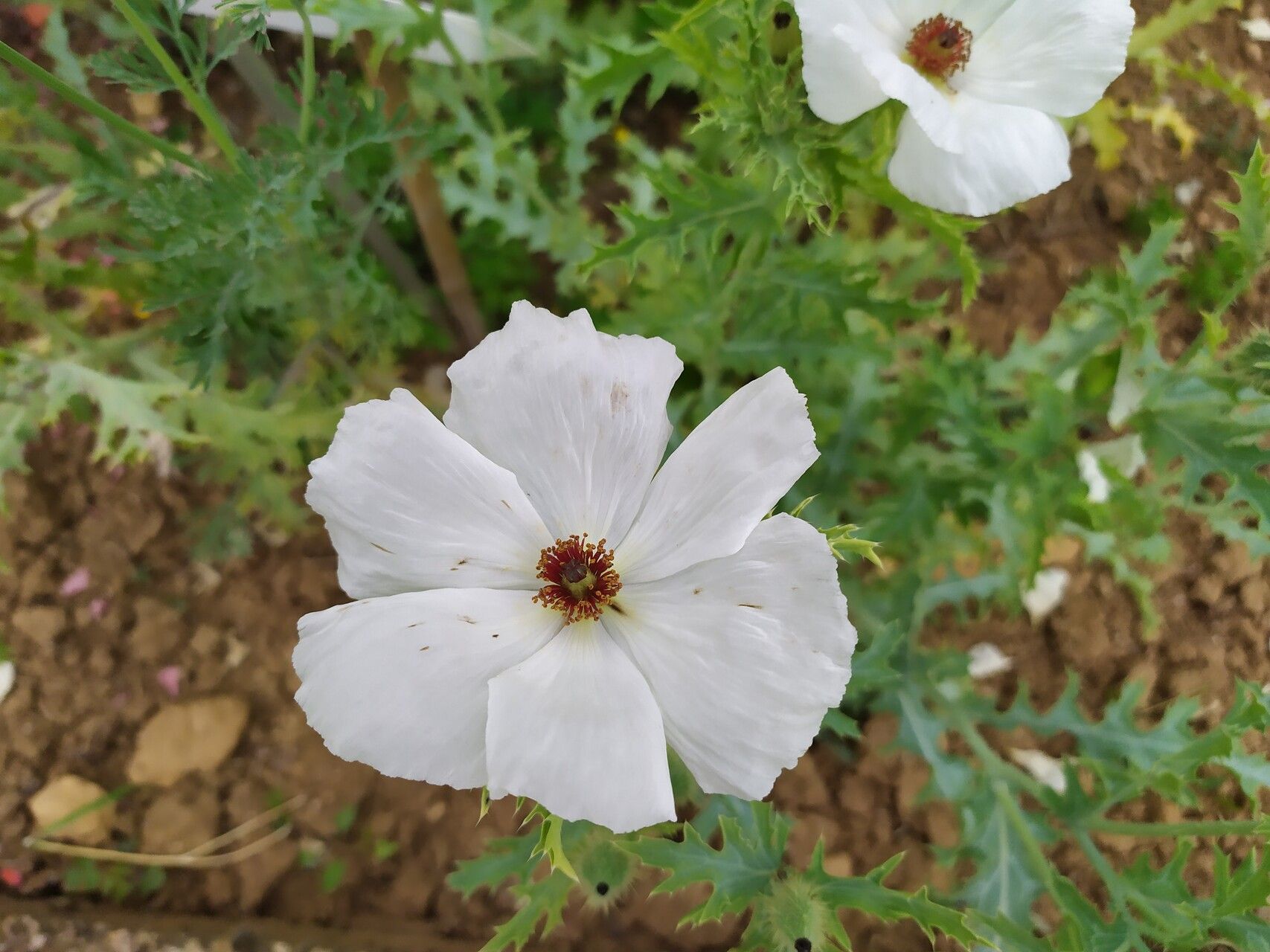Propagating Argemone albiflora: The Challenges and Rewards of Cultivating the White Prickly Poppy
Argemone albiflora, commonly known as the white prickly poppy, is a striking herbaceous plant prized for its delicate, pure white flowers and distinctive bluish-green, prickly foliage. Its captivating beauty makes it a desirable addition to any garden, particularly those embracing a drought-tolerant, xeric landscape design. However, its propagation presents unique challenges that add to the satisfaction of successful cultivation. This guide explores various propagation methods, highlighting both their feasibility and associated difficulties.
Seed Germination:
Seed germination is a viable method for propagating Argemone albiflora. However, it presents challenges. The seeds possess a hard seed coat that can inhibit germination. Therefore, scarification is often beneficial. This can be achieved through mechanical methods such as nicking the seed coat with a file or sandpaper, or using chemical scarification by soaking the seeds in concentrated sulfuric acid for a short period (exercise extreme caution when handling sulfuric acid).
Following scarification, stratification can increase germination rates. This involves mimicking the natural conditions experienced by seeds in their native environment. A period of cold, moist stratification (e.g., 4-6 weeks in a moist medium in a refrigerator) is recommended. Sow seeds directly into well-draining soil mix, barely covering them, as they require light for germination. Keep the soil consistently moist but not waterlogged. Germination can take several weeks to months.
The rewards include high genetic diversity within a population and the potential for large-scale propagation, making it cost-effective for establishing large displays of these beautiful plants.
Cuttings:
Currently, there are no known reliable methods for propagating Argemone albiflora from cuttings. The plant’s physiology seems to be unfavorable to successful root development from stem or leaf cuttings. Further research is needed to explore possible techniques and hormonal treatments that might promote rooting.
Division:
Division is a potentially viable method, especially for established plants. During dormancy (typically late autumn or early spring), the plant can be carefully dug up, and the root system divided into several sections, each with healthy roots and shoots. These sections should then be replanted immediately in well-draining soil. The success rate of this method is higher than seed propagation, though it’s limited by the size and age of the donor plant. Challenges include the risk of damaging the roots during the division process and ensuring each section can support its own growth. The reward lies in a faster establishment of new plants as compared to seed germination.
Tissue Culture:
Although tissue culture could potentially offer a solution for large-scale propagation and disease-free plant production, research on the specific protocols for Argemone albiflora is limited. This method remains largely unexplored and would require extensive experimentation to determine optimal media composition, growth regulators, and sterilization techniques.
Conclusion:
Propagating Argemone albiflora presents unique challenges and rewards. Seed germination, while viable, requires patience and careful attention to scarification and stratification. Division offers a quicker, more reliable alternative if a mature plant is available. Cuttings and tissue culture remain largely unexplored avenues.
The satisfaction derived from successfully cultivating this plant, considering the hurdles involved, is significant. The effort invested in overcoming these challenges makes the resultant vibrant white flowers all the more rewarding. For aspiring propagators, patience, careful observation, and a willingness to experiment are key to success. Start with readily available techniques like seed germination and, if available, attempt division, remembering that even with these, a certain level of plant loss is anticipated. Your dedication will ultimately be rewarded with the breathtaking beauty of the white prickly poppy in your garden.

